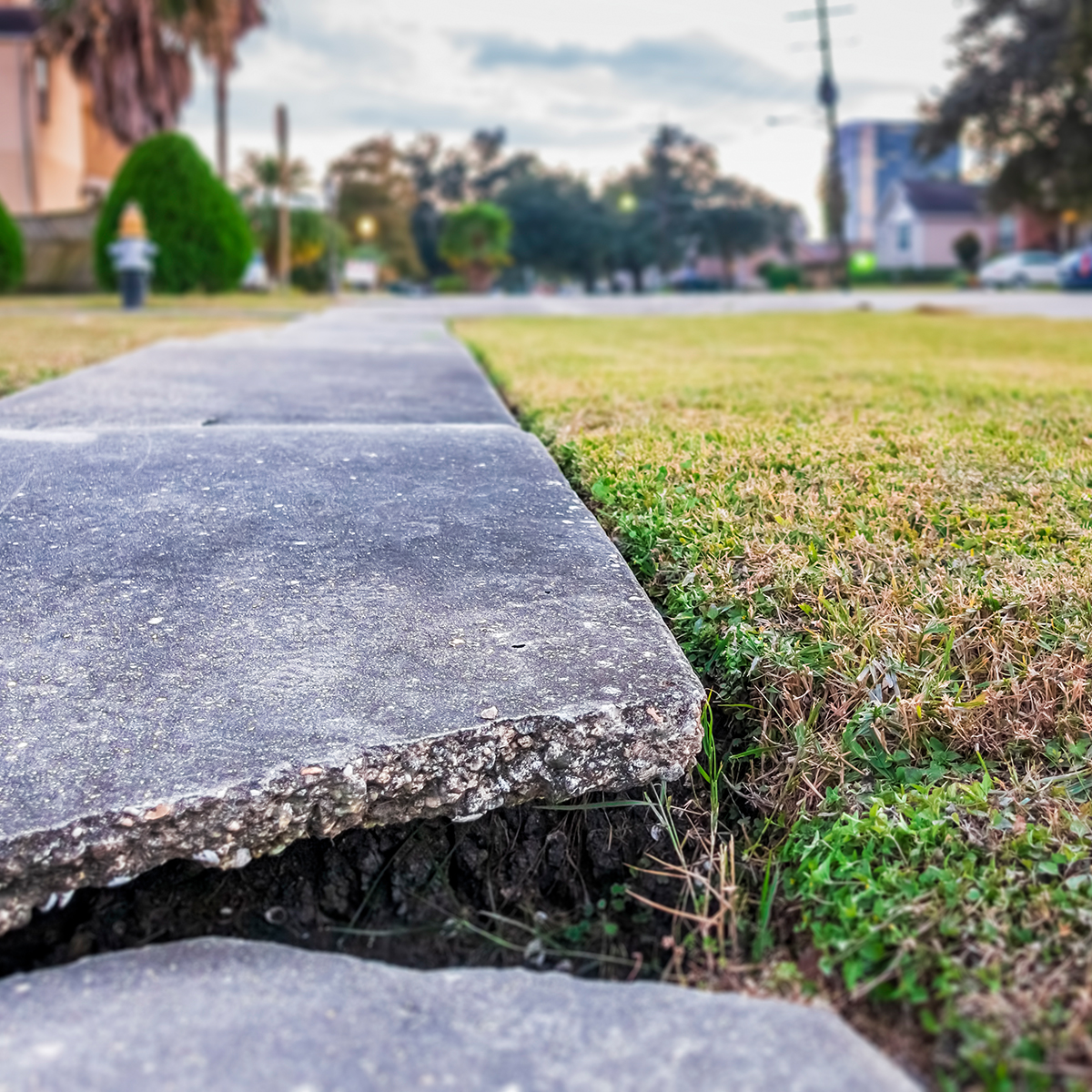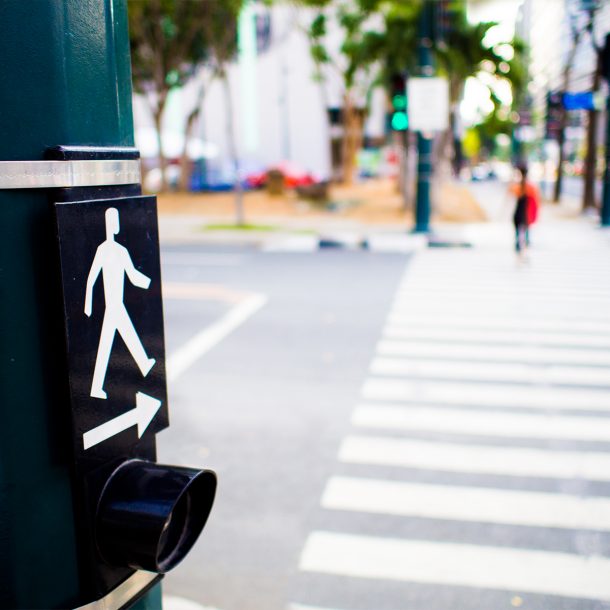-
Property & Casualty
Property & Casualty Overview

Property & Casualty
We offer a full range of reinsurance products and the expertise of our talented reinsurance team.
Trending Topics
Publication
Engineered Stone – A Real Emergence of Silicosis
Publication
Use of Artificial Intelligence in Fire Protection and Property Insurance – Opportunities and Challenges
Publication
Generative Artificial Intelligence and Its Implications for Weather and Climate Risk Management in Insurance
Publication
Public Administrations’ Liability – Jurisprudential Evolution, Insurance Implications, and a Comparative Analysis Across Countries
Publication
Risk Management Review 2025
Publication
Who’s Really Behind That Lawsuit? – Claims Handling Challenges From Third-Party Litigation Funding -
Life & Health
Life & Health Overview

Life & Health
We offer a full range of reinsurance products and the expertise of our talented reinsurance team.
Training & Education
Publication
AI Agent Potential – How Orchestration and Contextual Foundations Can Reshape (Re)Insurance Workflows
Publication
Diabetes and Critical Illness Insurance – Bridging the Protection Gap
Publication
Group Medical EOI Underwriting – Snapshot of U.S. Benchmark Survey
Publication
Why HIV Progress Matters
Publication
Dying Gracefully – Legal, Ethical, and Insurance Perspectives on Medical Assistance in Dying Moving The Dial On Mental Health
Moving The Dial On Mental Health -
Knowledge Center
Knowledge Center Overview

Knowledge Center
Our global experts share their insights on insurance industry topics.
Trending Topics -
About Us
About Us OverviewCorporate Information

Meet Gen Re
Gen Re delivers reinsurance solutions to the Life & Health and Property & Casualty insurance industries.
- Careers Careers
Pedestrian Fatalities Are on the Rise. How Do We Fix That?

June 06, 2024
Tim Fletcher
Region: North America
English
Perhaps it happened to you during your early-morning run. Or possibly while on an after-work stroll with your partner or spouse. An oversized SUV blows through a red light and narrowly misses hitting you in the intersection. You breathe a sigh of relief, wipe the perspiration from your brow, and wonder if pedestrians face more peril now than in years past.
The answer is yes – and the numbers back it up. In 2021, 42,239 people were killed in U.S. traffic crashes, with one in six of those killed (7,388) being pedestrians.1 Between the first half of 2019 and 2023, pedestrian fatalities rose at seven times the rate of population growth, to a point where on average 20 people each day of the year lose their lives while walking.2
Let’s see what’s driving this trend and explore what might be done to save lives.
The Numbers – And a Uniquely American Phenomenon
Each year, the Governor’s Highway Safety Association (GHSA) surveys states across the country to obtain a preliminary count of pedestrian deaths for the previous year.3 Against this backdrop, in February GHSA estimated that approximately 3,373 pedestrian fatalities occurred between January 2023 and June 2023, roughly a 4% drop from the prior year but still a substantial increase over pre-pandemic years in both raw numbers and in fatalities per billion miles driven:4

Pedestrian Fatality Rate Remains Higher Than Pre‑Pandemic
Pedestrian fatalities per billion vehicle miles traveled (VMT), January-June 2017‑2023

As might be expected, the bulk of pedestrian fatalities occur in some of the country’s most populous, fastest growing (and some would argue most auto-dependent) states. And, what may come as no great surprise, urban areas are more prone to higher incidents of pedestrian fatalities than rural areas.5
Fatal Crashes Involving at Least One Pedestrian (2017‑2021)
Top 10 states: Arizona, California, Florida, Georgia, Illinois, New Jersey, New York, North Carolina, Pennsylvania, Texas

Observers point to this ominous trend having its origins roughly 15 years ago, along with a factor to which researchers had paid scant attention, namely, that the vast majority of pedestrian-related fatalities were occurring at night.6 To illustrate, 75% of the 7,338 fatal pedestrian accidents in 2021 occurred between sunset and sunrise.7 Notably, nothing like this has occurred in other countries with comparable wealth; for example, in Canada and Australia, pedestrian-related deaths are much less frequent and their numbers have generally been decreasing.8
The Human Problem
Assessing fault and assigning liability are integral to casualty claim handling and to our tort-based legal system. When it comes to accidents involving pedestrians, it turns out that the environment where the crash occurred – particularly types of roads and access to marked cross walks – may be crucial to sorting out pedestrian versus driver liability.9 A study published in February 2024 revealed that pedestrians were more likely to blame when they were crossing roads with heavy traffic and where crosswalks were few and far between, and drivers were more often deemed at fault when areas had marked intersections and pedestrian crossings, as those that exist in most downtown areas.10
Regardless of assessing blame, distractions abound for drivers and pedestrians alike. New U.S. vehicles are replete with technology that enhance comfort and safety on the one hand and can be a source of distraction on the other. In addition, unlike Europe where 70 to 75% of cars sold are manual transmission, the majority of cars sold in the U.S. have automatic transmissions that free a driver’s hand for non-driving tasks.11 Widespread and rapid smartphone adoption around 2009 brought not only myriad societal benefits but also a unique danger to our roads and highways, with approximately 3,500 vehicle-related deaths each year attributed to phone usage while driving.12 One study found that in 2022 U.S. drivers spent more than two minutes of every hour interacting with their phones, a 23% increase of over 2020.13 Moreover, it seems that cell phone interaction peaks in the some of the very hours when pedestrians are most at risk.14
Time Spent Interacting With Phones While Driving

Other more nuanced and subtle factors may also be contributing to the upward spike in the number of pedestrian-related deaths. Drivers are anxious, angry, and aggressive – a study published in 2022 revealed that 80% of those surveyed reported an uptick in “shouting, cursing or making rude gestures,” and seeing more driver-related hostility than prior to the COVID‑19 pandemic.15
Bigger and Heavier Vehicles Not Helping
In 1975, cars (sedans and wagons) comprised 81% of U.S. vehicle production, compared with 19% for cars. In 2020, cars made up 31% of vehicle production, with the balance coming from car-based SUVs (13%), truck-based SUVs (39%), pickup trucks (14%) and minivans (3%).16 In short, the average vehicle size has grown significantly along with the increase in pedestrian deaths.17 This is no great surprise, in light of a 1990s study revealing that light trucks were twice as likely to injure pedestrians as a car, especially at low speed.18
Beyond size and weight, another key variable – high front end height – is particularly culpable for the higher pedestrian death rate linked to large vehicles, with a 10 cm increase in the front-end height of a vehicle raising the risk of pedestrian death by 22%.19 Further, women, children, the elderly, and minorities face the greatest safety risk from these larger vehicles.20 Finally, limiting vehicle hood height to 49.2 inches would save a number of lives equal to 7% of annual pedestrian deaths.21
Solutions
Because 75% of fatal pedestrian crashes occur at a mid-block crossings, states and communities are reducing the risk by installing crosswalks, hybrid beacons and other infrastructure improvements at mid-block crossings.22 These improvements include the concept of a “complete street” that addresses all users through enhancements such as median islands, modified travel lanes, and streetscape / landscape treatments.23
Increased enforcement could play a role as well, a response for which consensus might readily be reached. At issue, however, is the best means to achieve that, and whether speed and red-light cameras should play more prominent roles. As of 2023, 18 states and the District of Columbia have made speed cameras legal, and 22 states have authorized red-light cameras.24 However, eight states have moved to outlaw both, with opponents arguing that the devices shift the burden of proving driver identity onto the driver themselves.25
And what about smartphone-caused distraction? Currently, there is no definitive database that records the number of crashes or fatalities caused by cellphone distraction, creating as a consequence an underreported and worsening problem.26 Given this, some are calling for leveraging existing phone technology to connect the time of a car crash and the manner in which the driver was using the phone at the time, adding that tracking and surveillance technology typically used for marketing, measuring steps and other functions makes such an approach possible.27 Others suggest using roadside cameras to help identify phone-distracted drivers and alert nearby police officers.28
That brings us to the vehicles themselves. It’s dubious that Americans’ affection for large SUVs and trucks will cool in coming years; however, regulatory changes may make them more pedestrian friendly, as seen by the announcement last month from the National Highway Traffic and Safety Administration (NHTSA) that starting in 2029, all new cars and trucks sold in the U.S. must have automatic braking sensors that engage braking systems to avoid a collision when a driver fails to do so, including the ability to detect pedestrians.29
Impact on Insurers
The rise in pedestrian deaths represents an admittedly small slice of the staggering auto loss costs that continue to plague insurers. However, these cases carry outsized potential for large jury awards and policy-limit settlements, given the sympathy generated by such tragic accidents and the adverse liability issues that are often in play.
The popularity of large vehicles will likely continue, driven by consumer preferences. However, potential exists to reduce risk through regulation of the height and shape at the leading edge of the hood, as reflected in a recent study by the Insurance Institute for Highway Safety (IIHS). It found that taller vehicles, defined as those with a hood leading edge more than 35 inches off the ground posed more danger to pedestrians because they tended to cause more severe head injuries.30 Relatedly, vehicles taller than 35 inches with vertical front ends were more dangerous than those with sloped ones because they caused more frequent torso and hip injuries.31 Despite this data, the NHTSA appears to have no plans to regulate hood heights in the immediate future.32
In the meantime, the abolition of “right turn on red” laws in large cities, which advocates assert would greatly enhance pedestrian safety, may be more promising and potentially easier to implement.33 While no recent or national data supports that assertion, Washington, D.C. will ban “right turn on red” in 2025, with Chicago contemplating a similar move.34 Others are suggesting that banning left turns entirely in large cities would drastically reduce accidents at intersections and could be done with no changes to infrastructure, other than modifying or changing signs.35
Conclusion
In the end, reducing pedestrian deaths will require a mix of changed behavior, technological improvements, and infrastructure improvements.
In the meantime, we would be well served to remember what Sgt. Phil Esterhaus said during police roll call each week during the celebrated 1980s television drama “Hill Street Blues”: “Let’s be careful out there.”
- U.S. Department of Transportation, National Roadway Safety Strategy, “Our Nation’s Pedestrian Safety Crisis,” December 11, 2023, https://storymaps.arcgis.com/stories/5bc0894a99ea4259aea2d9a2d2c92a65
- Governors Highway Safety Association, “Pedestrian Traffic Fatalities by State,” January-June 2023 Preliminary Data, https://www.ghsa.org/sites/default/files/2024-02/Pedestrian%20Traffic%20Fatalities%20by%20State%2C%20January-June%202023%20Preliminary%20Data.pdf
- Ibid.
- Ibid.
- Id. at note 1.
- “U.S. Pedestrian Deaths,” The New York Times, December 11, 2023, https://www.nytimes.com/interactive/2023/12/11/upshot/nighttime-deaths.html
- Ibid.
- Ibid.
- Ohio State University, “Determining who gets blamed when cars hit pedestrians,” Newswise, February 13, 2024, https://www.newswise.com/articles/determining-who-gets-blamed-when-cars-hit-pedestrians?sc=lwhr&xy=5030701
- Ibid.
- Id. at Note 6.
- Shaer, “Why Are American Drivers So Deadly,” The New York Times, Updated January 16, 2024, https://www.nytimes.com/2024/01/10/magazine/dangerous-driving.html
- “The State of the US Road Risk in 2024,” Cambridge Mobile Telematics, https://www.cmtelematics.com/report-the-state-of-us-road-risk-in-2024/#:~:text=CMT's%20The%20State%20of%20US,the%20first%20decrease%20since%202020
- Id. at note 6.
- Stephens, Trawley, Ispanovic, Lowrie, “Self-reported changes in aggressive driving within the past five years, and during COVID‑19,” August 1, 2022, https://journals.plos.org/plosone/article?id=10.1371/journal.pone.0272422
- Gitlin, “Tall Vehicle Hoods Really Are Increasing Pedestrian Deaths,” Wired, January 24, 2024, https://www.wired.com/story/tall-truck-suv-hoods-pedestrian-deaths
- Tyndall, “The effect of front-end vehicle height on pedestrian death risk,” Economics of Transportation, March 2024, https://www.sciencedirect.com/science/article/pii/S2212012224000017
- Id. at note 16.
- Id. at note 17.
- Ibid.
- Ibid.
- Id. at note 2.
- U.S. Department of Transportation, “Complete Streets,” https://www.transportation.gov/mission/health/complete-streets
- Id. at note 12.
- Ibid.
- Richtel, “Phones Track Everything but Their Role in Car Wrecks,” The New York Times, January 29, 2024, https://www.nytimes.com/2024/01/26/health/cars-phones-accidents.html
- Ibid.
- Ibid.
- Copeland, “All New U.S. Cars Must Carry Automatic Breaks By 2029,” The New York Times, April 29, 2024, https://www.nytimes.com/2024/04/29/business/abs-automatic-braking-nhtsa.html
- “Vehicles with higher, more vertical front ends pose greater risk to pedestrians,” Insurance Institute for Highway Safety (IIHS), November 14, 2023, https://www.iihs.org/news/detail/vehicles-with-higher-more-vertical-front-ends-pose-greater-risk-to-pedestrians
- Ibid.
- Id. at note 16.
- McMurray, “Right Turn on Red? With Pedestrian Deaths Rising, US Cities Are Considering Bans,” Insurance Journal, November 7, 2023, https://www.insurancejournal.com/news/national/2023/11/07/747268.htm
- Ibid.
- Gayah, “Let’s Get Rid of Left Turns on Downtown Streets,” The Wall Street Journal, May 18, 2024, https://www.wsj.com/business/logistics/left-turn-dangers-city-streets-4cbde78f





